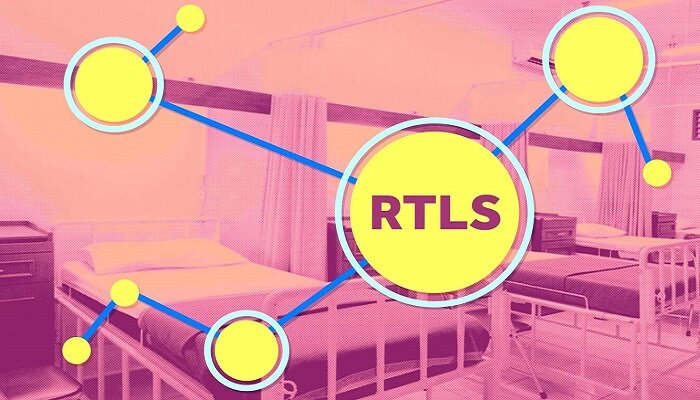The urgency of digitizing healthcare has never been more apparent. Hospitals face mounting pressures due to increased healthcare demand from a global aging population, staff shortages, and the need to deliver higher-quality care. These challenges are driving a long-overdue transformation in healthcare infrastructure. Simultaneously, new software business models are reducing the barriers to adopting technologies that can integrate IT, OT, and medical systems. This integration aims to boost efficiency, flexibility, cost management, productivity, and overall patient experiences. For hospitals, the time to embrace this transformation is now.
However, it’s crucial to acknowledge that many digital transformation initiatives fail, and healthcare, with its complex and fragmented infrastructure, is particularly susceptible to such failures. To establish connected care and enhance operational and clinical outcomes, it is imperative to apply technology with a clear goal in mind, fostering the vision of a smart hospital where data from smart devices like tags and badges is collected, analyzed, and utilized for data-driven decision-making.
One such example is Location Intelligence and Real-Time Location Services (RTLS). While the concept of RTLS in hospitals is not new, its successful implementation requires careful planning. The benefits are well-established, including improved patient experiences, increased efficiency in asset and staff management, and reduced operational and maintenance costs. To ensure success, RTLS must be a fundamental component of a hospital’s digital transformation strategy, implemented with specific outcomes in mind and seamlessly integrated into the overall digitalization strategy.
For instance, hospital staff often spend significant time searching for medical equipment, diverting their attention from patient care. RTLS, through tagged equipment and a hospital-wide sensor network, can provide real-time location and maintenance data, enhancing staff efficiency and patient experiences. Additionally, it allows for better asset utilization by indicating whether equipment is in use, its condition, and triggering alerts for low inventory levels or asset movement. This approach minimizes investment and maintenance costs.
Furthermore, RTLS can be used to track patients during their hospital journeys, ensuring a smoother experience and optimized patient flow. Patients increasingly expect a digitalized healthcare experience, and integrating RTLS into a patient-facing app can significantly enhance patient satisfaction and flow.
Ideally, the smart hospital experience should begin at home, with patients checking in via an app, specifying preferences, and receiving guidance to assigned parking spaces upon arrival. Inside the hospital, the RTLS system guides them to their destination, and hospital staff are promptly notified. App-based wayfinding simplifies navigation and reduces the burden on hospital staff. Patients and staff can also receive real-time updates on treatment schedules and wait times, improving patient flow and capacity management.
The potential use cases for RTLS are diverse, and the journey toward a fully smart hospital is complex. Successful digitalization initiatives require a holistic strategy. Implementing an IoT lighting-based system provides an integrated infrastructure for lighting, temperature control, and RTLS, enhancing sustainability, operational efficiency, and inventory management.
To succeed in digital transformation and reap the financial, experiential, and operational benefits, technologies like RTLS must be integrated into a comprehensive IoT strategy with data acquisition and analysis at its core. This approach allows for the seamless integration of multiple technologies to address various use cases, including energy conservation, lighting control, space optimization, and RTLS. Careful planning ensures that these tools work harmoniously together.


















